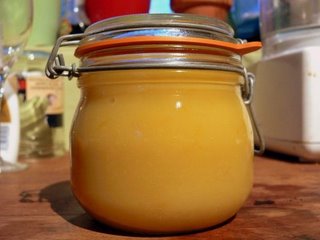Yes, those are LEGO ice cubes. What of it?
This hot summer has meant that we’ve been blessed with some truly gorgeous strawberries this year – fat, fragrant, juicy and sweet. If you have a glut, this lemonade is so delicious you may well find yourself drinking it instead of eating a dessert. A shot of vodka in the bottom of the glass wouldn’t go amiss either.
I’ve used the strawberry variety called Florence here, which is more fragrant and flavourful than Elsanta (the potato-ish variety you are most likely to come across in the shops). This method, though, where you will find yourself macerating the chopped berries in sugar overnight, makes the most of even Elsanta. Macerating somehow makes them much fruitier in flavour, so use whatever variety you can get your hands on.
To make a jug of lemonade large enough for four glasses, you’ll need:
2 punnets of strawberries (about 500g)
4 heaped tablespoons caster sugar
Juice of 2 lemons
Water
Slice the strawberries into four or five pieces each, and sprinkle generously with the sugar in a large bowl. Mix well with a spoon, making sure every piece of fruit is well sugared, then cover the bowl with cling film and chill in the fridge for about 24 hours, until you are ready to make the lemonade.
When you come to put the lemonade together, pour the pink syrup that will have developed in the strawberry bowl (see picture) into a large jug, and transfer the macerated strawberries themselves to a sieve, making sure you catch any drips in a bowl. Use the back of a ladle to push the strawberries (which will have become very soft in the sugar bath) through the sieve into a bowl until you are left with the seeds and a stiff pulp in the sieve, which you can discard.
Add the pureed strawberries to the syrup in the jug and squeeze in the juice of two lemons. Now add between 1 and 2 glasses of water to the jug (the mixture will be too sweet and sharp without dilution) until you reach a level of flavour you find just right – amounts will vary depending on the particular strawberries you have chosen. Stir well and serve immediately with ice. This drink is unspeakably good packed into a Thermos flask for a picnic – give the Thermos a swift shake before pouring if you use one.


